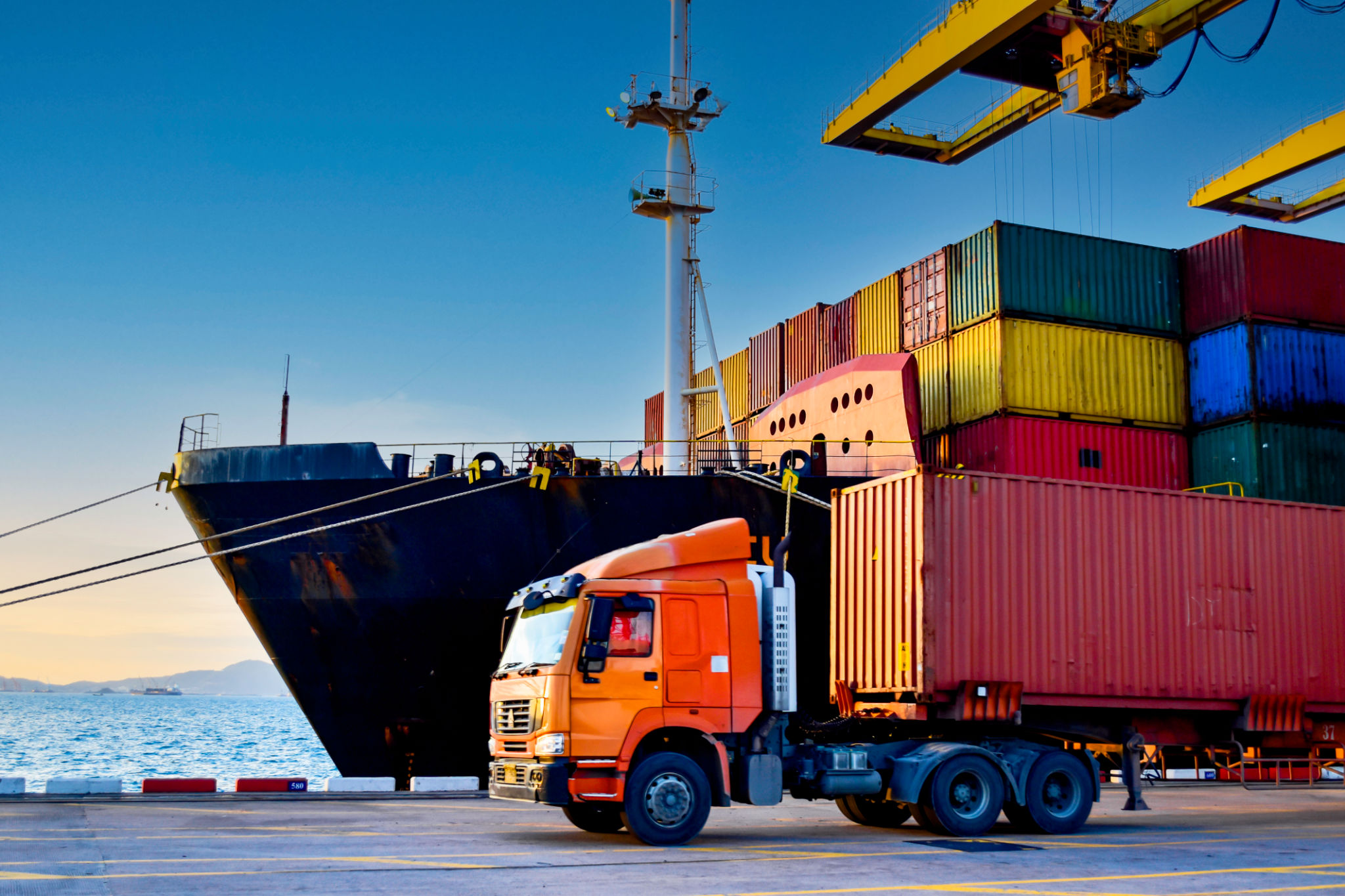Understanding Transport Networks: A Guide for Businesses
Understanding Transport Networks
Transport networks are the backbone of any successful business that deals with the movement of goods or services. From small startups to large multinational corporations, having an efficient and effective transport network can significantly impact operational efficiency and customer satisfaction. Understanding these networks is crucial for businesses to streamline operations and reduce costs.
At their core, transport networks involve the infrastructure, vehicles, and logistics necessary to move products from one place to another. This includes everything from local delivery routes to complex international shipping channels. By gaining a thorough understanding of these components, businesses can optimize their transport strategies and improve overall performance.

The Importance of Transport Networks
Transport networks play a vital role in the economy by connecting producers with consumers. Without these networks, goods would not be able to reach markets efficiently, leading to delays, increased costs, and reduced customer satisfaction. For businesses, understanding transport networks means being able to plan and execute deliveries more effectively.
Moreover, a well-managed transport network can offer businesses a competitive advantage. By reducing delivery times and improving the reliability of shipments, companies can enhance their reputation and customer loyalty. Additionally, efficient transport networks contribute to sustainability by reducing fuel consumption and carbon emissions.
Components of Transport Networks
Transport networks are composed of several key components that work together to facilitate the movement of goods. These include:
- Infrastructure: Roads, ports, railways, and airports form the physical backbone of transport networks. Maintaining and upgrading infrastructure is essential for smooth operations.
- Vehicles: Trucks, trains, ships, and planes are the primary modes of transport used to move goods. Choosing the right vehicle depends on factors such as distance, type of goods, and cost.
- Logistics: This involves planning, implementing, and controlling the efficient flow of goods. It includes route optimization, inventory management, and coordination with suppliers.

Challenges in Transport Networks
While transport networks are essential, they also present several challenges that businesses must navigate. One common issue is congestion, which can lead to delays and increased transportation costs. Businesses must develop strategies to address congestion through alternative routes or timing adjustments.
Another challenge is the rising cost of fuel and regulatory compliance. Businesses need to stay informed about changes in regulations and adopt fuel-efficient practices to minimize costs. Additionally, technological advancements in transport management systems can help businesses track shipments in real-time and make data-driven decisions.
Optimizing Transport Networks
To optimize transport networks, businesses should consider adopting technology-driven solutions such as GPS tracking, automated route planning, and integrated supply chain management systems. These tools can help streamline operations and improve efficiency.
Furthermore, fostering relationships with reliable carriers and logistics providers can ensure consistency in delivery performance. Regularly reviewing and analyzing transport network performance allows businesses to identify areas for improvement and implement necessary changes swiftly.

The Future of Transport Networks
The future of transport networks is likely to be shaped by technological innovations such as autonomous vehicles and drones. These advancements have the potential to revolutionize the way goods are transported, offering faster delivery times and reducing human error.
Moreover, sustainable practices are becoming increasingly important in the development of future transport networks. Businesses are investing in electric vehicles and alternative fuels to reduce their carbon footprint. Staying ahead of these trends will be crucial for businesses looking to maintain a competitive edge in the market.
